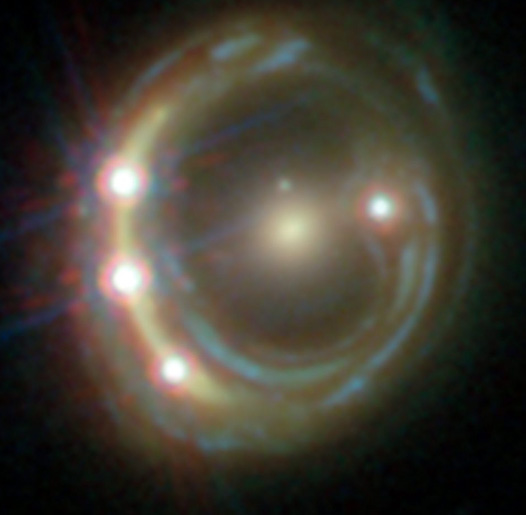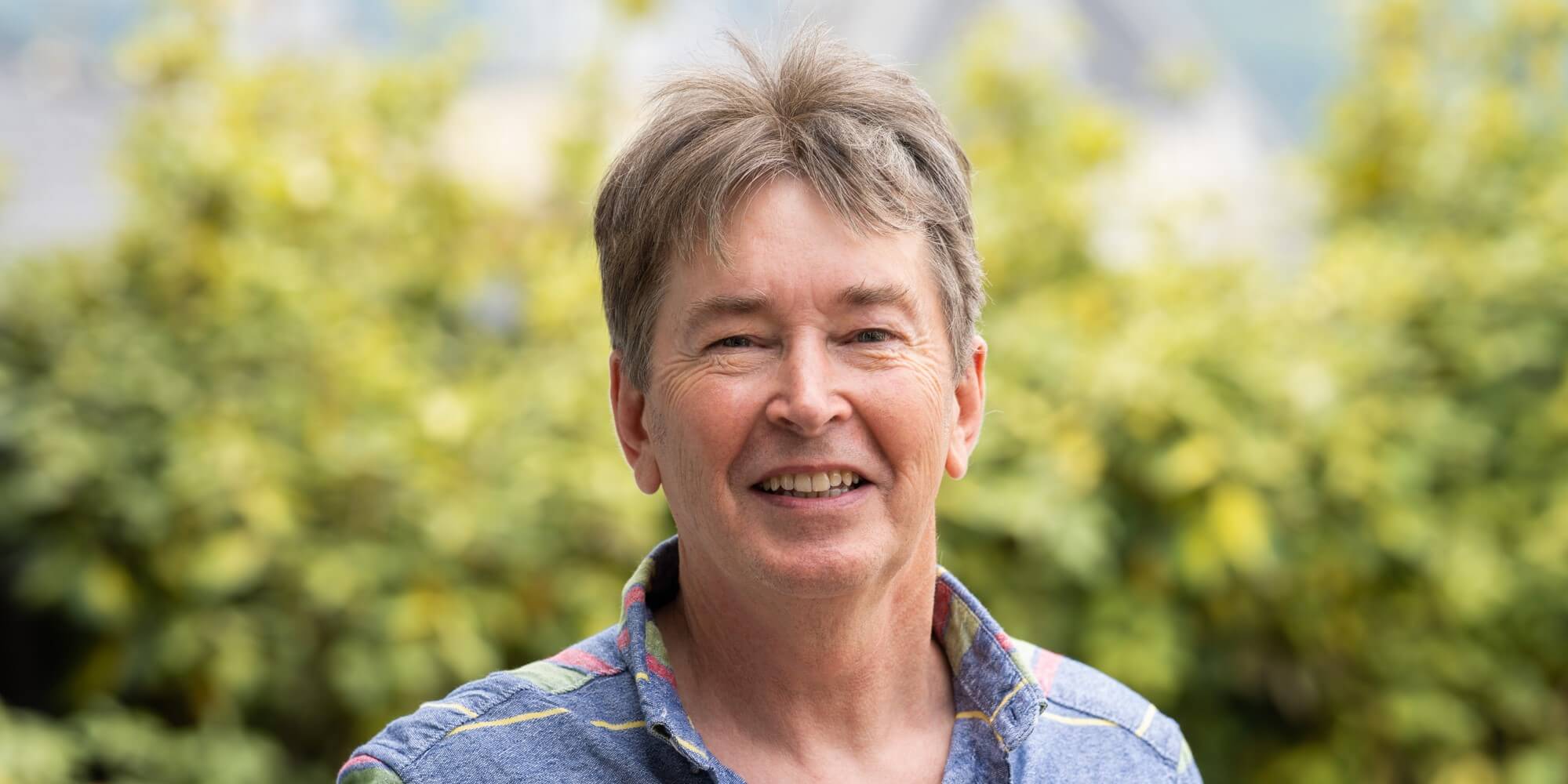COLLOQUIUM 2024
Revealing “Dark Matter” as a Bose-Einstein condensate with new James Webb Space Telescope micro-lenses in the Dragon arc
| Speaker | Prof Tom Broadhurst, EHU/DIPC University of the Basque Country |
| Date/Time | Friday, 20 Sep, 3PM |
| Location | S11-02-07 |
Abstract
We have discovered that gravitationally lensed galaxies are continuously twinkling along the Einstein ring of a massive gravitational lensing Cluster (Abell 370), with over 50 microlensing events found in the Dragon arc. Intriguingly, this occurs mostly along inner edge of the Einstein ring with a broad asymmetric spread. We show this asymmetry requires substructure of “negative mass” that is uniquely explained by the interference of de Broglie waves of Dark Matter as a Bose Einstein Condensate. this contrast with predictions of dark matter substructure comprised of heavy particles (CDM) where microlensing events is expected mainly along outer rim of the Einstein ring. We can also discriminate between dark matter models using the “banana” effect now recognised in JWST images of high redshift galaxies, which are typically elongated in shape at z>3, in the CEERS, JADES and PEARLS surveys. Our cosmological simulations show this effect can be explained by Wave Dark Matter, where galaxies form from smooth filaments as dark matter, gas and stars that rains down gravitationally to the filament junctions creating prolate shaped galaxies. This is unlike CDM where galaxies initially form from fragmented filaments that frequently merge, predicting rounder shaped oblate spheroids. We outline further definitive predictions for JWST.


Biography
The Speaker is a cosmologist working on the interpretation of dark matter and has been leading Hubble and JWST Space Telescope programs and also simulations of “Wave Dark Matter” a leading new idea based for the formation of structure in the Universe. He has held faculty positions in Berkeley, Tel Aviv and Spain. He received the NASA excellent achievement medal for his role in constructing the Advanced Camera on the Hubble Space Telescope and has supervised many PhD and masters students over the past 25 years.
